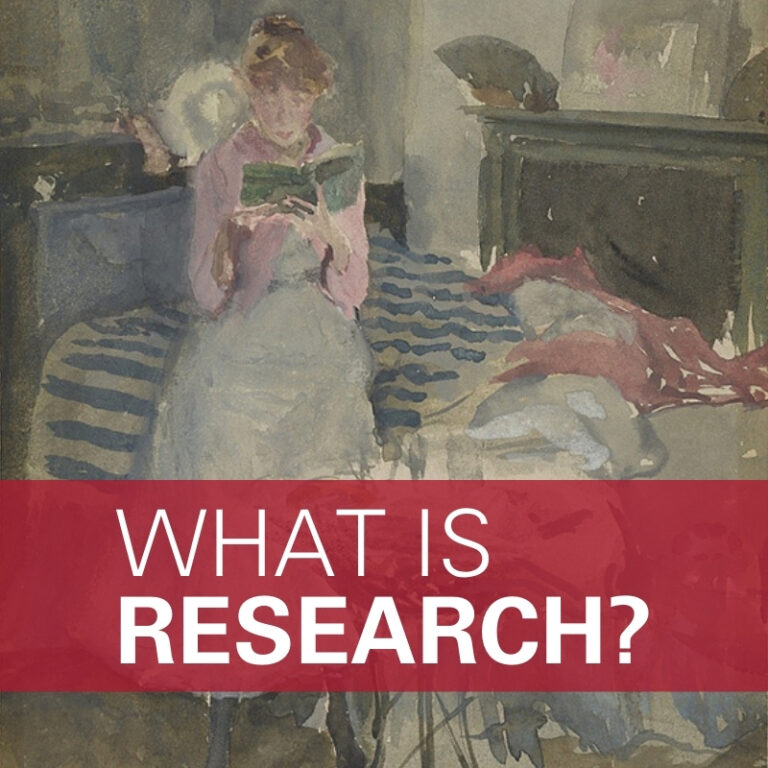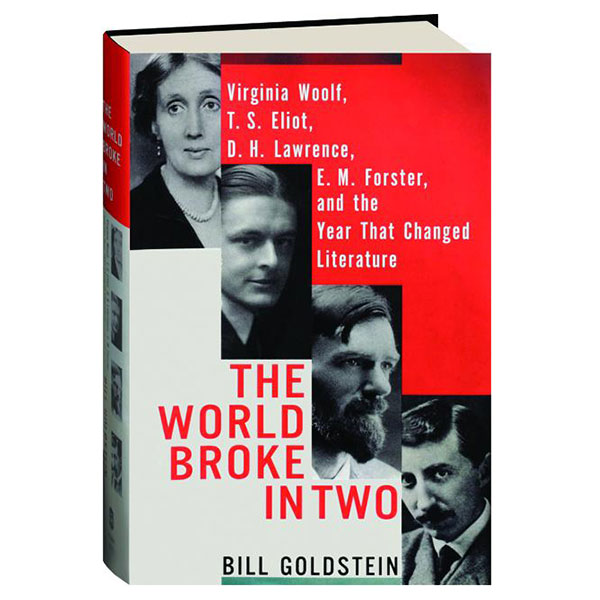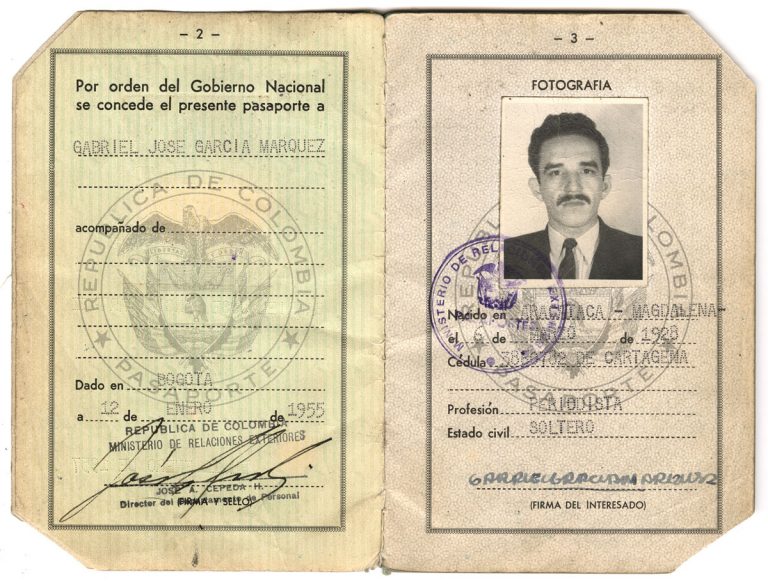by JULIA PANKO This essay is part of a slow research series, What is Research? Lately, I have been dreaming of archives. I have never visited the Harry Ransom Center in person, but I recently perused its finding aids and made a checklist for a future trip. Noting the items from… read more
Virginia Woolf
A very good year for Modernism
An interview with Bill Goldstein
Los pentimenti de Gabriel García Márquez
Bajo las pinceladas finales de las grandes pinturas, debajo de la superficie, existen en ocasiones marcas de duda, líneas escondidas y colores suprimidos. Estas pinceladas casi invisibles se llaman pentimenti: arrepentimientos, rectificaciones, remordimientos. Me gusta la palabra pentimenti



